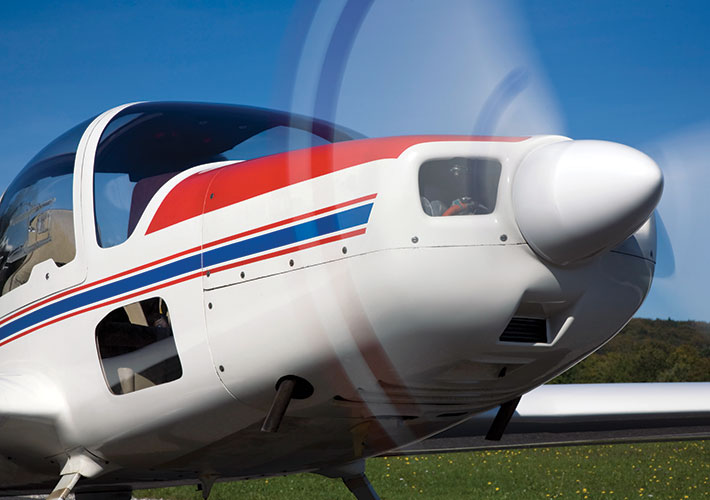
May 01, 2017
On April 5, the European Aviation Safety Agency announced the culmination of a years-long effort to rewrite European certification specifications for many types of smaller aeroplanes (CS-23). As a result, consensus-based standards developed by organizations such as ASTM International will play a stronger role in determining compliance and airworthiness. The new rules are effective Aug. 15.
The shift marks a turn from prescriptive, design-specific requirements in which factors such as weight were emphasized. This former approach was widely considered to be overly prescriptive for simple designs while requiring special conditions for complex designs. This led to confusion, delays, cost increases, and other negative impacts.
The new rules include performance-based requirements that rely on “acceptable means of compliance.” This includes standards from ASTM International’s committee on general aviation aircraft (F44), which met in March in Cologne, Germany, to discuss issues related to the EASA announcement.
“This new approach will help foster innovation and new safety-enhancing technologies at the same time,” said Greg Bowles, F44 chairman and vice president of global innovation and policy for the General Aviation Manufacturers Association. “It’s a win-win for the aviation community on a truly global scale.”
Over the past decade, both EASA and the U.S. Federal Aviation Administration have worked to overhaul and harmonize such regulations. Generally, the newly published CS-23 harmonizes with FAA’s new Part 23 regulations, which were published in December.
May / June 2017